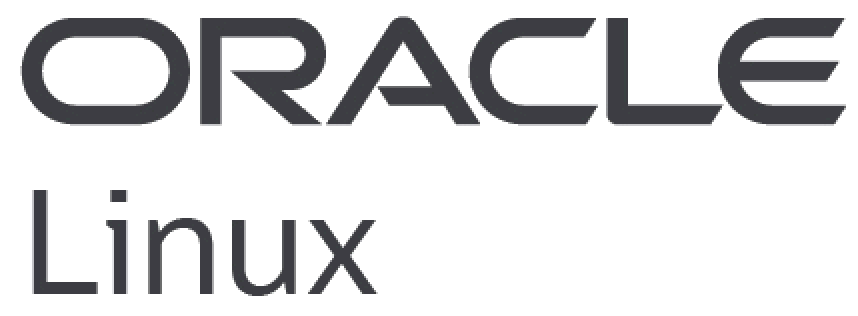 The Oracle Linux documentation team recently published Oracle® Linux: Backing Up Files and Storage Volumes for Disaster Recovery, which describes how to configure your Oracle Linux system to automatically back up and restore files, folders, and storage volumes. This document provides reference material for both Oracle Linux 7 and Oracle Linux 8 and also provides pointers to additional disaster recovery solutions provided through hosting systems on Oracle Cloud Infrastructure.
The Oracle Linux documentation team recently published Oracle® Linux: Backing Up Files and Storage Volumes for Disaster Recovery, which describes how to configure your Oracle Linux system to automatically back up and restore files, folders, and storage volumes. This document provides reference material for both Oracle Linux 7 and Oracle Linux 8 and also provides pointers to additional disaster recovery solutions provided through hosting systems on Oracle Cloud Infrastructure.
Relax and Recover (ReaR) software, available in the yum channels on the Oracle Linux Yum Server, is a disaster recovery tool that you can use in your local data center on Oracle Linux systems. ReaR automatically generates a bootable recovery environment in the form of an ISO image file and also generates external file backups. ReaR can be scheduled to run incremental file backups using the crontab utility and backup data can be stored on networked or attached storage.
While the documentation primarily provides instructions for ReaR usage, a considerable portion of the documentation is dedicated to outlining other disaster recovery strategies, including data mirroring and file system snapshots using Btrfs or LVM. Notably, the recent release of the Snapper utility on Oracle Linux 8 triggered additional documentation for this utility which can be found in Oracle® Linux 8: Managing Local File Systems. Snapper can be used to automate the management of the file system snapshots, make it easier to create and delete snapshots, enable users to compare the differences between snapshots, and revert changes at the file level. Snapper is included as part of a disaster recovery strategy because it can help mitigate against user and software events that might result in the destruction or corruption of data on a file system. File system snapshots provide low-cost mechanisms for rapid recovery from these types of events and can rollback to a known working configuration with relatively little administrative overhead.
The documentation also discusses data mirroring using RAID and geo-replication through GlusterFS, a distributed file system available for Oracle Linux.
These tools also apply to systems hosted on Oracle Cloud Infrastructure, which also provides its own in-built block storage resilience with guaranteed uptime and high-performance automated data mirroring. This enables Oracle Cloud Infrastructure users to mitigate against data loss through disk or system failure, but cannot protect from software and user events that could still cause data corruption or loss, so they should be used in conjunction with ReaR.
Whether customers are deploying Oracle Linux on-premises or in Oracle Cloud Infrastructure, this document is equally useful to help ensure data resilience and easier system recovery.
Oracle Linux downloads
Individual RPM packages are available on the Unbreakable Linux Network (ULN) and the Oracle Linux yum server. ISO installation images are available for download from the Oracle Linux yum server and container images are available via Oracle Container Registry, GitHub Container Registry and Docker Hub.
Oracle Linux can be downloaded, used, and distributed free of charge and all updates and errata are freely available. Customers decide which of their systems require a support subscription. This makes Oracle Linux an ideal choice for development, testing, and production systems. The customer decides which support coverage is best for each individual system while keeping all systems up to date and secure.
